Google’s AI ecosystem has rapidly evolved, with the release of Gemini 2.0 following the success of Gemini 1.5 Flash. Both models bring multimodal capabilities, processing text, images, audio, and code, but Gemini 2.0 raises the bar with significant advancements in depth, creativity, and precision.
As of yesterday (December 11), Gemini 2.0 is available through the Google Search engine, specifically in the form of AI Overviews, which are powered by the Gemini 2.0 model and can be accessed by anyone using Google Search globally. Additionally, users can also access a chat version of Gemini 2.0 (called "Gemini 2.0 Flash") through the Gemini app or the web interface, making it accessible worldwide. The model introduces new features and enhanced core capabilities.
I went hands-on with both models using seven different prompts. Here’s a breakdown of what happened, how the responses differed, and my thoughts.
1. Summarization

Prompt: Summarize the main points of this 50-page research paper about renewable energy advancements into a 500-word executive summary.
Gemini 1.5 Flash excels at summarizing large documents with clarity, offering a structured and thorough breakdown of main ideas. However, its summaries can sometimes feel generic, missing the subtle nuances of the content.
Gemini 2.0 addresses this with more refined outputs. Summaries are not only better organized but also capture deeper implications and connections. For example, in summarizing a 50-page research paper, Gemini 2.0 would highlight technological breakthroughs and their broader impacts, crafting a narrative that’s both detailed and engaging.
This can be helpful for anyone using the information for a presentation or similar. The model allows users to get the information they need in a more concise and structured manner.
Key Improvement: Gemini 2.0 demonstrates a more sophisticated understanding of content and greater attention to detail. In the case with my prompt regarding advancements in renewable energy, the information was structured in a way that breaks down the important elements of the document.
2. Multimodal analysis
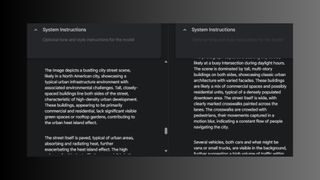
Prompt: Analyze this image of a crowded city street and generate a text description focusing on urban infrastructure and environmental challenges.
When analyzing images or videos, Gemini 1.5 identifies visible elements and provides straightforward interpretations. It’s ideal for basic tasks like recognizing urban infrastructure or categorizing objects. In the example with my prompt of a city street, it did a fairly basic job recognizing the important aspects of the image and understanding them.
Gemini 2.0 goes further, inferring relationships and consequences within the visual context. For instance, in analyzing an image of the crowded city street, Gemini 2.0 suggested solutions to urban challenges, such as introducing green spaces or pedestrian zones, showcasing improved inferential and problem-solving abilities. This was extremely impressive, and I can see how it would be helpful for users in a number of scenarios.
Key Improvement: Gemini 2.0 offers deeper analysis and actionable insights.
3. Long-form audio transcription
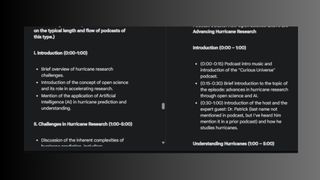
Prompt: Transcribe this 9-hour podcast on space exploration into a detailed outline with timestamps for each major topic.
Gemini 1.5 offered a less sophisticated, more generalized summarization of the podcast, focusing on big-picture themes without much detail about the presentation and structuring of these themes.
Gemini 2.0 outline was more detailed, emphasizing specific flow, timing, and the introduction of the podcast host and guest speaker.
The two models represent different approaches to the podcast's content. They offer varying levels of detail, focus, and understanding of the podcast's format and pacing. There is potential for both, but in terms of detail and layout, I preferred the newer model here.
Key Improvement: Gemini 2.0 offers deeper analysis and better interpretation bundled up in a better layout.
4. Code debugging
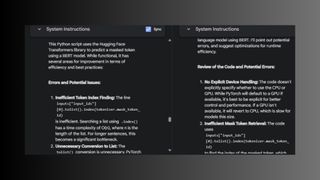
Prompt: Here’s a Python script for a machine learning model. Review it for errors and suggest optimizations to improve runtime efficiency.
Gemini 1.5 is an efficient coding assistant, capable of debugging scripts, porting between languages, and identifying errors. While its suggestions are reliable, they’re often more foundational. For casual users, this level of debugging is enough. But for more advanced optimization, users might want to consider the newer model.
Gemini 2.0 enhances these capabilities, delivering advanced optimization techniques and detailed explanations of why certain fixes are beneficial. Its ability to handle complex programming tasks with greater sophistication makes it invaluable for developers. While the code I tested was very simple, Gemini 2.0 still offered a far more detailed explanation than Gemini 1.5
Key Improvement: Gemini 2.0 provides higher-level optimization strategies and deeper context in coding workflows.
5. Personalized education
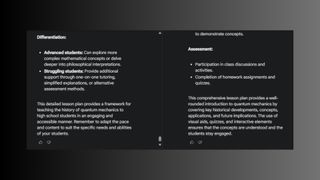
Prompt: Create a custom lesson plan on the history of quantum mechanics for a high school audience, including visual aids and quizzes.
While both Gemini 1.5 and 2.0 created a usable lesson plan, Gemini 2.0 provided a response with more depth, refinement, personalization, and creativity. The plan created by Gemini 2.0 further pushed the boundaries of what a language model can do in terms of lesson plan development.
I was impressed with the number of extras such as visuals, quizzes, and more than were produced with the newer model. It offered more detail and suggested potential for future plans. If I were a teacher, this model would be my preferred choice.
Key Improvement: Gemini 2.0 provides richer context and overall outputs more than its predecessor, making it a more thorough and user-friendly model.
6. Multimodal storytelling
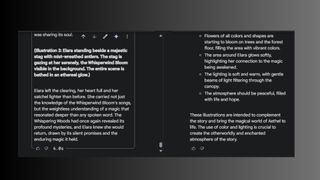
Prompt: Write a short story about a magical forest and generate three illustrations to accompany key scenes in the narrative.For creative tasks like crafting lesson plans or writing stories, Gemini 1.5 delivers structured outputs that meet basic expectations. Visuals and quizzes, while useful, might lack imagination.
Gemini 2.0 stands out with richer storytelling, engaging educational content, and dynamic visuals. Its ability to tailor content to specific audiences with more creativity makes it a superior choice for educators and writers.
Key Improvement: Gemini 2.0 showcases enhanced creativity and audience-specific customization.
Final thoughts: Gemini 2.0 sets a new standard
Both models excel at handling extensive data, but Gemini 2.0 outperforms Gemini 1.5 in nearly everything, especially accuracy. Tasks like time-stamping for podcasts or detailed transcription are more precise, thanks to Gemini 2.0's improved multimodal processing. During my hands-on with both models, it’s clear that Gemini 2.0 offers superior precision and consistency in data-heavy tasks.
While Gemini 1.5 Flash is a powerful tool for a range of applications, Gemini 2.0 refines the experience with richer, more nuanced outputs. Its improvements in creativity, problem-solving, and accuracy make it an essential upgrade for professionals and creators seeking cutting-edge AI tools. For those already impressed with Gemini 1.5, the leap to 2.0 is transformative, setting a new standard in multimodal AI.
More from Tom's Guide
- I just saw the future of the web — Google's new Deep Research tool unleashes swarms of AI agents to do in-depth research for you
- Visual Intelligence finally gives Apple its version of Google Lens — here’s how to use it
- OpenAI joins forces with Apple to bring ChatGPT to Siri – here’s what’s new
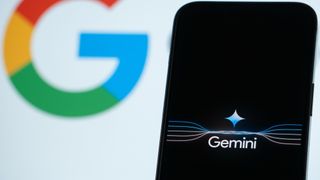





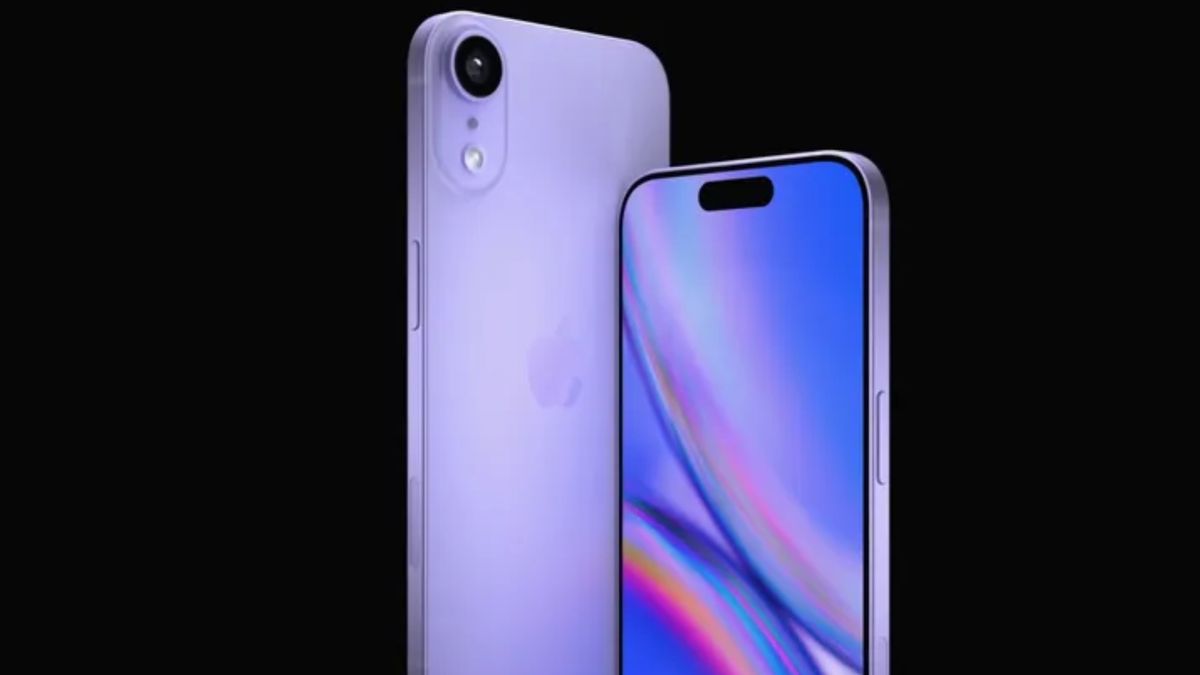














 English (US) ·
English (US) ·